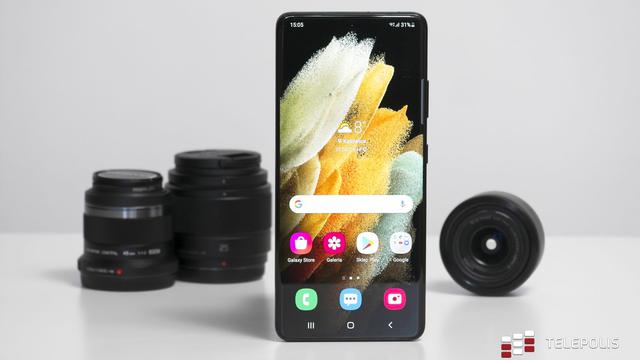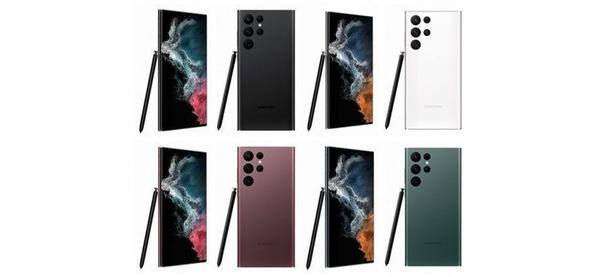MIRON NURSKI• 2 months ago• 1 comment
The biggest technological giants believe that augmented reality is another - after PCs and smartphones - groundbreaking computer platform. Perhaps the last in our lifetime. The AR boom is due to start next year.
Although the development of augmented reality glasses has been talked about for many years, devices of this type so far exist only in the world of prototypes, concepts and start-ups. This is about to change soon.
Qualcomm announces: big players will release their own AR glasses in 2022
Qualcomm — maker of Snapdragon XR chips for smart glasses —  unveiled its own development platform called Snapdragon Spaces. It is used to easily build augmented reality applications.
The Americans have prepared a ready-made set of tools and technologies that are responsible for precise mapping of space, recognizing and tracking objects, understanding scenery and tracking hands. Applications built with their use will be able to precisely overlay virtual objects on the environment and enable interaction with them.

Thanks to glasses with Snapdragon Spaces, sitting at the desk, you will be able to display application windows in front of you, place a three-dimensional model of the designed object on the table, and put a giant screen on the wall, on which, for example, a match will be displayed. The possibilities of the ubiquitous "holograms" are endless.
Qualcomm revealed that brands such as Xiaomi, Motorola, Lenovo and OPPO have already become interested in the Snapdragon Spaces platform. The first wave of glasses based on it is expected to hit the market in 2022.
Augmented reality glasses from Snapragon Spaces will be the beginning of a new era
"The whole world will be your desktop. This whole category of devices will explode," argues Hugo Swart, head of XR at Qualcomm. The company boasts that it has support not only from large equipment manufacturers, but also operators who are to help in the commercialization and dissemination of this technology.
The company does not hide that the first versions of glasses with the Snapragon Spaces platform will have to be paired with smartphones that will provide the necessary computing power. For now, this is the only way to maintain a compromise between high AR performance and the bearable dimensions of the glasses themselves.
Ultimately, however, AR glasses are to work completely independently of smartphones, and in a dozen or so years they may replace them completely.
See also:


